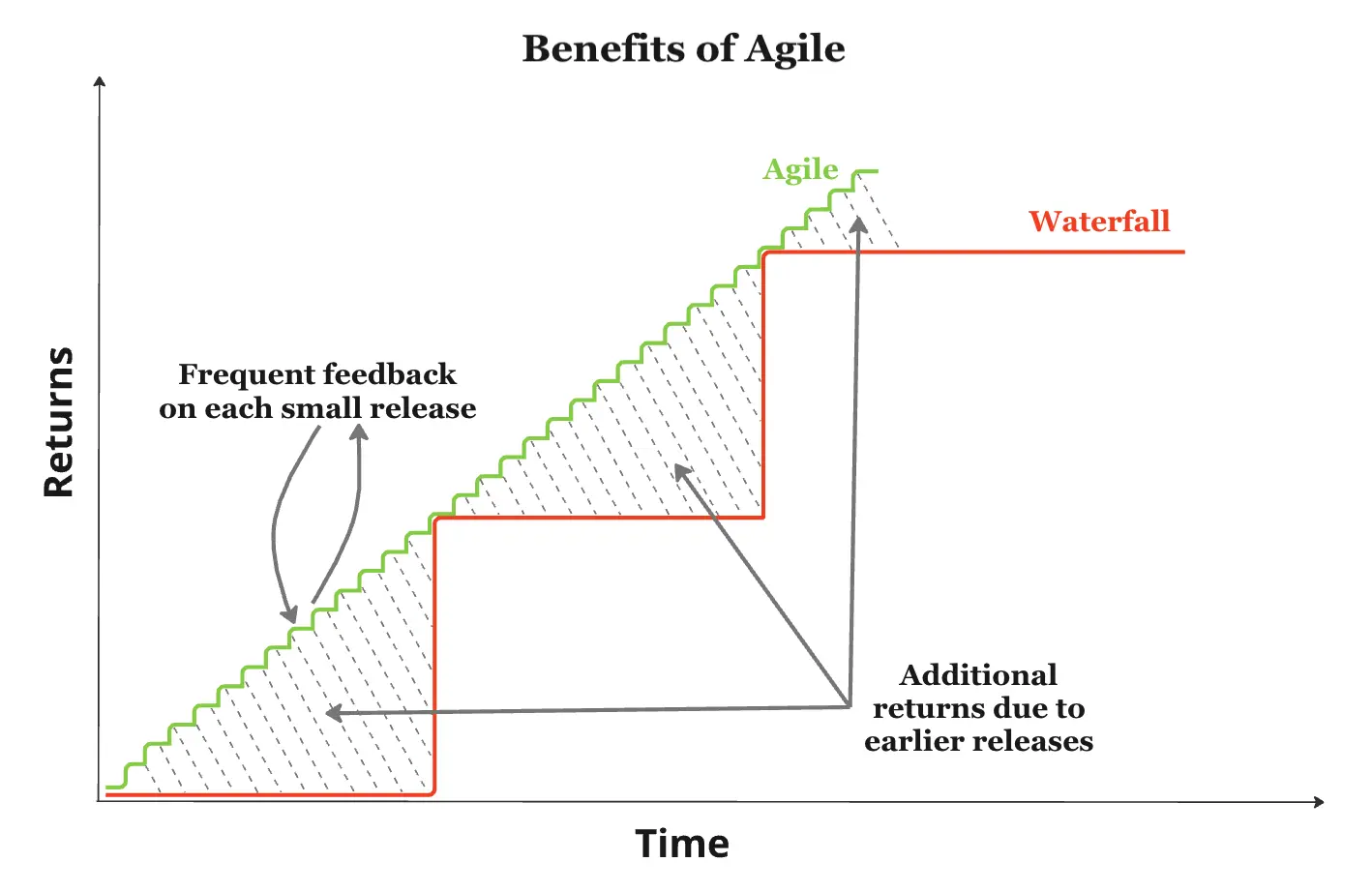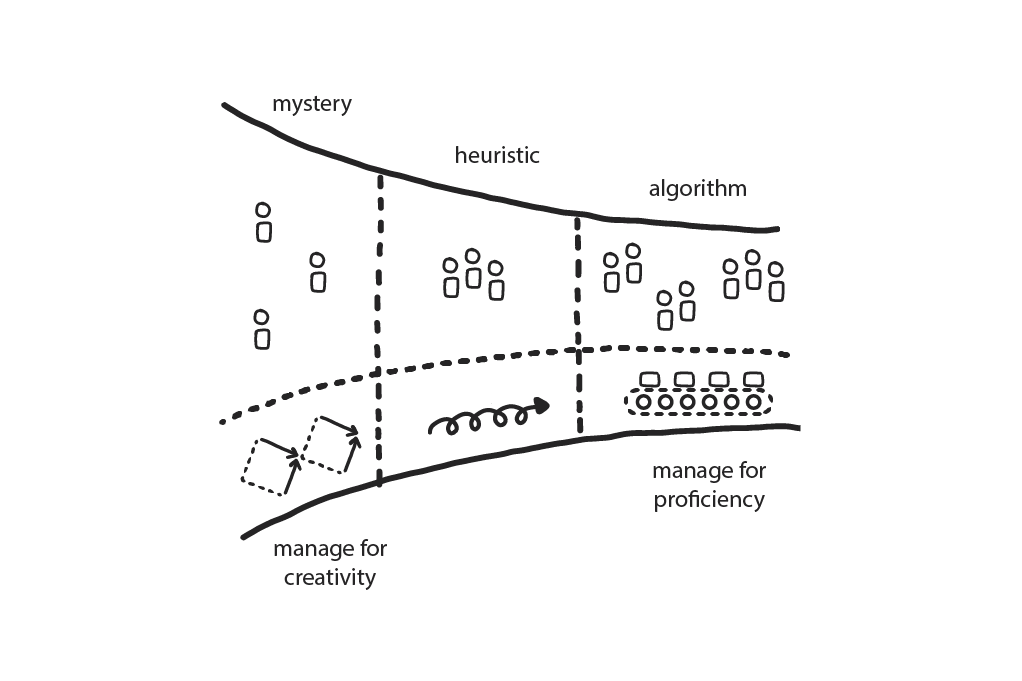Reaching Cloud Native Maturity: From Adoption to Mastery

In today’s rapidly evolving technological landscape, the shift from building cloud-native platforms to embracing platform engineering has become more critical than ever. As organizations continue to adopt cloud-native architectures and strive for platform maturity, understanding how to build, maintain, and evolve these systems over time is essential. This blog post explores key principles that underpin platform engineering in the context of building and evolving cloud-native platforms, emphasizing how maturity becomes increasingly important over time, and offering insights into how you can keep your platforms effective throughout their required lifespan.
From Initial Creation to Platform Engineering in the Cloud-Native Era
Building platforms involves the initial creation and deployment of components to solve specific problems. While it’s a crucial phase, it represents just the starting point. Platform engineering 1, however, encompasses a broader scope; it involves designing, developing, and maintaining the platforms that support applications at scale, with a focus on achieving and sustaining platform maturity over time. This discipline ensures that systems are robust, scalable, and maintainable over their entire lifecycle, evolving from initial solutions into mature, stable platforms that meet long-term organizational needs.
In cloud-native environments, this distinction is significant. The dynamic nature of cloud platforms demands a holistic approach that goes beyond the initial creation. Platform engineering focuses on creating resilient foundations upon which applications can thrive, adapting to changing requirements and technologies, and guiding platforms towards maturity.
One Size Doesn’t Fit All: Tailoring Practices to Platform Maturity
The lifespan of software can vary. Some applications are short-lived, serving immediate needs, while others are foundational systems expected to operate and evolve many years. In the cloud-native world, it’s unrealistic to apply the same practices universally across this spectrum. Recognizing where your platform sits on the maturity curve is key to applying the right engineering strategies.
- Early-Stage Platforms: Might prioritize rapid building and deployment to meet pressing demands.
- Mature Platforms: Require robust governance, security, and operational excellence to sustain long-term growth.
As platforms mature, the importance of disciplined engineering practices becomes more pronounced. Mature platforms need to handle increased complexity and scale, which demands a higher level of sophistication in engineering approaches. This shift reflects the increasing importance of maturity over time, as platforms that lack mature practices may struggle to meet long-term organizational needs.
The Role of Maturity in Platform Engineering
As platforms evolve, maturity2 becomes a key factor in their success. Mature platforms exhibit qualities such as stability, reliability, and the ability to adapt to new requirements without significant rework. Platform engineering is the practice that guides platforms along this path of maturity, ensuring they develop the necessary capabilities to support the organization’s goals over time.
Investing in platform maturity through engineering practices is not just about solving today’s problems but preparing for future challenges. Mature platforms are better equipped to handle:
- Technological Changes: Easily integrating new technologies and retiring outdated ones.
- Scaling Requirements: Efficiently managing increased load and complexity.
- Regulatory Compliance: Adapting to new laws and industry standards without major overhauls.
By focusing on maturity, organizations can build platforms that remain robust and relevant, providing a solid foundation for future innovation.
Adaptability Through Evolution
For mature platforms it is important to be adaptable while maintaining stability. This means being capable of responding to changes in:
- Dependencies: Updating libraries, frameworks, or services without disrupting functionality.
- Technology: Integrating new tools or paradigms that offer improved performance or capabilities.
- Product Requirements: Evolving features based on user feedback or market demands.
Mature platforms are designed with evolution in mind, allowing them to respond effectively to changes without compromising stability or performance. This adaptability is not an afterthought but a result of intentional platform engineering that prioritizes long-term maturity.
Hyrum’s Law in Cloud-Native Systems
Hyrum’s Law states:
“With a sufficient number of users of an API, it does not matter what you promise in the contract: all observable behaviors of your system will be depended on by somebody.”
In cloud-native environments, where platforms and services are consumed by numerous clients, unintended dependencies on system behaviors can form. Understanding and anticipating the implications of Hyrum’s Law is a sign of platform maturity. Mature platforms incorporate practices that minimize unintended dependencies through:
- Careful Platform Design: Ensuring that platforms are intuitive and abstract away internal complexities.
- Robust Change Management: Communicating changes clearly and providing deprecation paths to minimize disruption.
This maturity enables platforms to evolve without causing disruption to their users, maintaining reliability and trust over time.
Scaling Processes with Policies
Repetitive tasks should scale efficiently with minimal human intervention. In cloud-native platforms, automation is key. Implementing well-defined policies helps:
- Standardize Operations: Achieve consistency across deployments and environments.
- Reduce Errors: Automation minimizes the risk of human mistakes.
- Improve Scalability: Platforms can handle increased load without proportional increases in staffing.
Mature platforms leverage automation not just for efficiency but as a strategic asset that contributes to their overall stability and scalability. Policies are powerful tools that make building and maintaining processes scalable and manageable as your platform grows, reinforcing the platform’s maturity over time.
Beware of Gradual Inefficiencies: The Boiled-Frog Problem
Process inefficiencies and technical debt often accumulate slowly. Like a frog in gradually heated water, teams might not notice these issues until they become critical problems. In cloud-native platforms:
- Regular Audits: Periodically review systems and processes to identify inefficiencies.
- Continuous Improvement: Adopt a culture that encourages incremental enhancements.
- Technical Debt Management: Prioritize refactoring and cleanup efforts to prevent long-term degradation.
Mature platforms proactively address inefficiencies and technical debt, recognizing that neglecting these areas can erode the platform’s effectiveness over time.
Leveraging Expertise and Economies of Scale
Specialized expertise in platform engineering will yield significant benefits:
- Optimized Solutions: Experts can design platforms that are more efficient and scalable.
- Cost Savings: Efficient designs often reduce resource consumption and operational costs.
- Competitive Advantage: Advanced capabilities can differentiate your offerings in the market.
Mature platforms are often the result of sustained investment in expertise and talent. Combining this expertise with economies of scale amplifies the impact, making investments in talent and training highly valuable and contributing to the platform’s maturity.
Data-Driven Decision Making with Flexibility
While being data-driven is essential, it’s important to recognize that:
- Data Isn’t Everything: Decisions often involve assumptions, precedents, and qualitative insights.
- Adaptability Is Key: Be prepared to adjust your strategies as new data emerges or assumptions are challenged.
- Holistic Viewpoint: Consider technical, business, and user experience perspectives when making decisions.
In cloud-native environments, where conditions change rapidly, maintaining flexibility in decision-making processes is crucial. Mature platforms balance data-driven insights with strategic flexibility, allowing them to adapt without losing sight of long-term goals.
Embracing Change and Continuous Learning
The technology landscape is in constant flux, especially within the cloud-native sphere. Adaptable platform engineering requires:
- Openness to Change: Willingness to adopt new technologies and methodologies.
- Learning Culture: Encouraging continuous learning and skill development within teams.
- Resilience: Building platforms and teams that can adapt to unforeseen challenges.
Mature platforms are supported by teams that value continuous learning and are resilient in the face of change. By embracing change, organizations position themselves to capitalize on new opportunities and maintain relevance.
Conclusion
Transitioning from simply building cloud native platforms to embracing platform engineering is essential for organizations aiming to maintain and evolve their cloud-native environments effectively. Platform engineering is fundamentally about guiding platforms towards maturity, ensuring they develop the robustness, scalability, and adaptability required for long-term success. By understanding the differences in lifespans, embracing adaptability, and leveraging expertise, you can ensure that your platforms not only survive but thrive as mature systems in the long term. Remember, the goal isn’t just to construct something that works today but to engineer mature platforms that remain robust, scalable, and relevant for years to come.
Are you ready to elevate your cloud-native platforms to a higher level of maturity?
- Assess your current practices and identify areas where maturity and adaptability can be improved. 3
- Invest in automation and policies that not only scale but also contribute to the platform’s maturity over time.
- Cultivate a culture of continuous learning and openness to change, which are essential for achieving and maintaining platform maturity.
By applying these principles, you’ll be well on your way to achieving excellence in platform engineering and guiding your platforms towards lasting maturity.
Ready to take the next step in your platform engineering journey? Our team of experts is here to help you navigate the complexities of building and evolving cloud-native platforms. We’ll work with you to set up a platform engineering team tailored to your organization’s needs, ensuring your platforms achieve the maturity required for long-term success. Contact us today to unlock the full potential of your cloud-native platforms.








